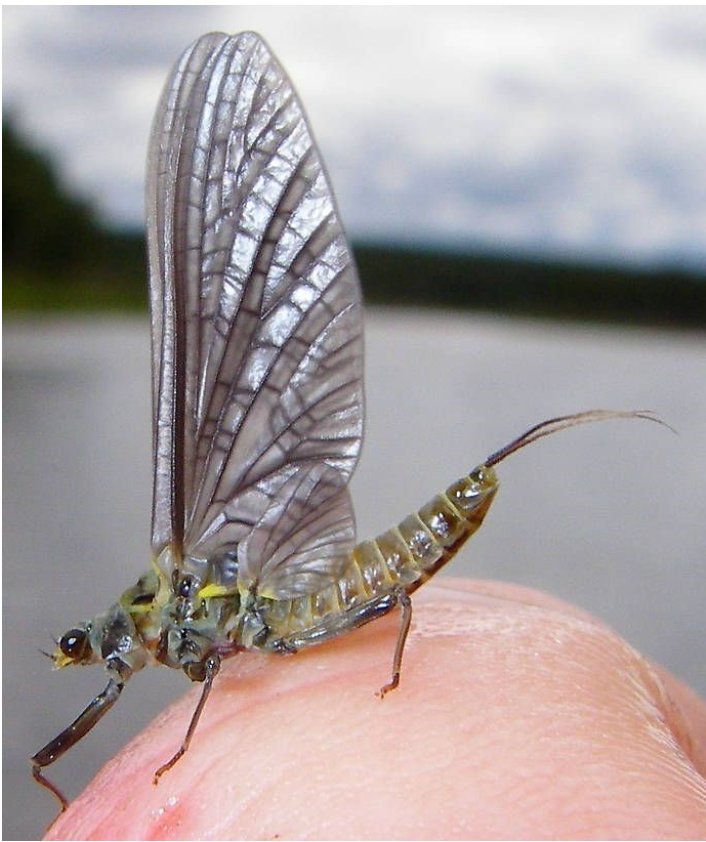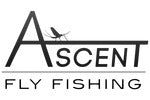
Everything you Need to Know to Fly Fishing the Western Green Drake Hatch like a Pro

Among the biggest and baddest mayflies of the Western United States, the common name of Green Drake is actually used to encompass two distinct species, Drunella grandis, Drunella doddsi. While knowing a little Latin is a cool party trick, trout and your fishing buddies will be much more impressed if you’re able to anticipate and match this awesome hatch on the water, and that is what we intend to help you do today with an overview of the life cycle, physical characteristics, and the most effective patterns for the Western Green Drake.
Identifying, Tracking, & Matching the Green Drake Nymphs
After a spring of fishing size 18 and 20 Blue Winged Olive mayflies, the Green Drakes are giants in comparison! The nymphs spend their aquatic life stage along the beds of Western streams in the fast to medium fast riffles and runs. Varying in length from 11-15mm the easily identifiable characteristics of these big nymphs are the 1. Horns on their heads, 2. Spines along their abdomens, and 3. their dark brown to olive/brown body colors.

Photo Credit: Peter Stitcher – Ascent Fly Fishing
While these nymphs are available to feeding trout throughout the year, they feature much more prominently on the menu from Mid-June through July as they swim to the surface to hatch or are dislodged from the bottom of the river by the strong runoff flows. These relatively non-descript large dark nymphs can be effectively matched with a number of fly patterns but our favorite are Olive or Brown Pheasant Tail Nymphs in sizes 10-14, Beadhead Olive Hares Ear in sizes 10-14, the Feather Bender in sizes 10-14, and for actively swimming nymphs, the Green Drake Emerger in sizes 12-14. The green drake is a clumsy slow spinner, so trout actively feed on the nymphs throughout this hatch window (Mid-June through July).

Identifying, Tracking, & Matching the Green Drake Duns & Spinners

Emerging Green Drake Dun – Photo Credit: Peter Stitcher – Ascent Fly Fishing
Beginning their migration and transition from nymph to dun at the surface of the water, the Western Green Drakes begin hatching in the mid-morning to afternoon, with the greatest flurry of activity happening at times of low light created by overcast and rainy days and as dusk approaches. In the world of mayflies, the Green Drakes are best compared to a Boeing 787 Dreamliner, and like those massive airplanes, these big mayflies need a lot of runway to take off and leave the surface of the river. The extra time needed for the wings of the duns to fully extend and gain circulation means that emerging duns are a prime target for feeding trout, making patterns like the Green Drake Sparkle Dun in size 12 and the Green Drake Parachute Emerger in size 12 particularly effective patterns for the fly fisher to fish!
Fully Emerged Green Drake Spinner

Photo Credit: John Juracek
By far the most memorable and eagerly anticipated life stage by both the fly fisher and trout are the fully emerged and sexually mature Green Drake Spinner that begin to return to the river at dusk and actively lay their eggs throughout the night. Measuring 11 – 15mm from the head to the tip of the abdomen the adult green drakes are identified by 1. The olive/brown to yellow coloration of their thorax and abdomen, 2. the transparent yellow hue of their wings, and 3. their 3 thick tail filaments. While fished in the waning light of the day, fully emerged dun and spinner patterns such as the Hair Wing Green Drake or Hen Wing Green Drake in sizes 10 – 14 offer the angler some explosive action on top of the water and can be fished all night long if you have a full moon!

Hair Wing Green Drake Hen Wing Green Drake
The Green Drake hatch is still gong strong or just about to start on a water near you, so now is the perfect time to restock your fly box, put on your head lamp, and get ready to cast these big fluffy dry flies until you lose the light or your arm wears out from landing fish, whichever comes first!


